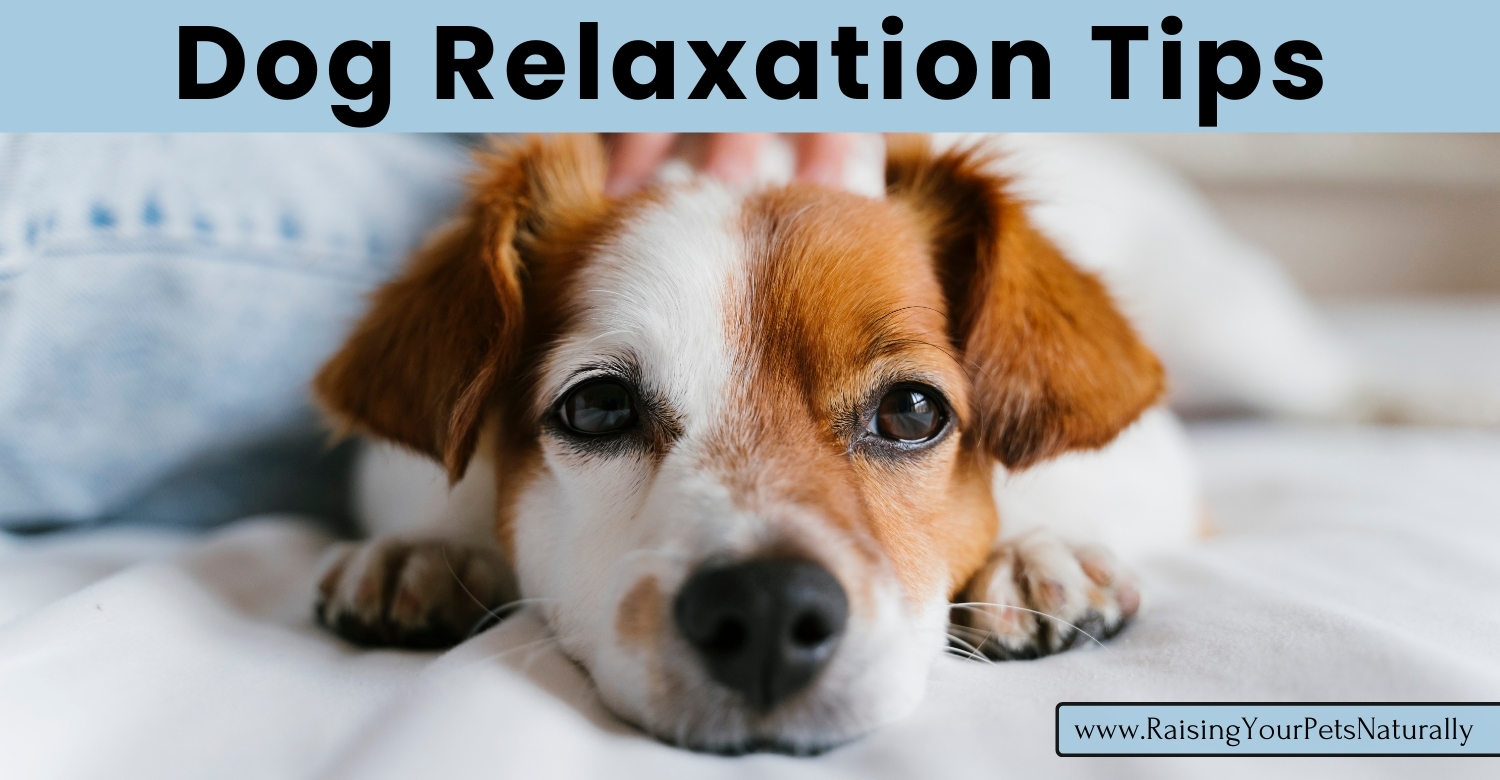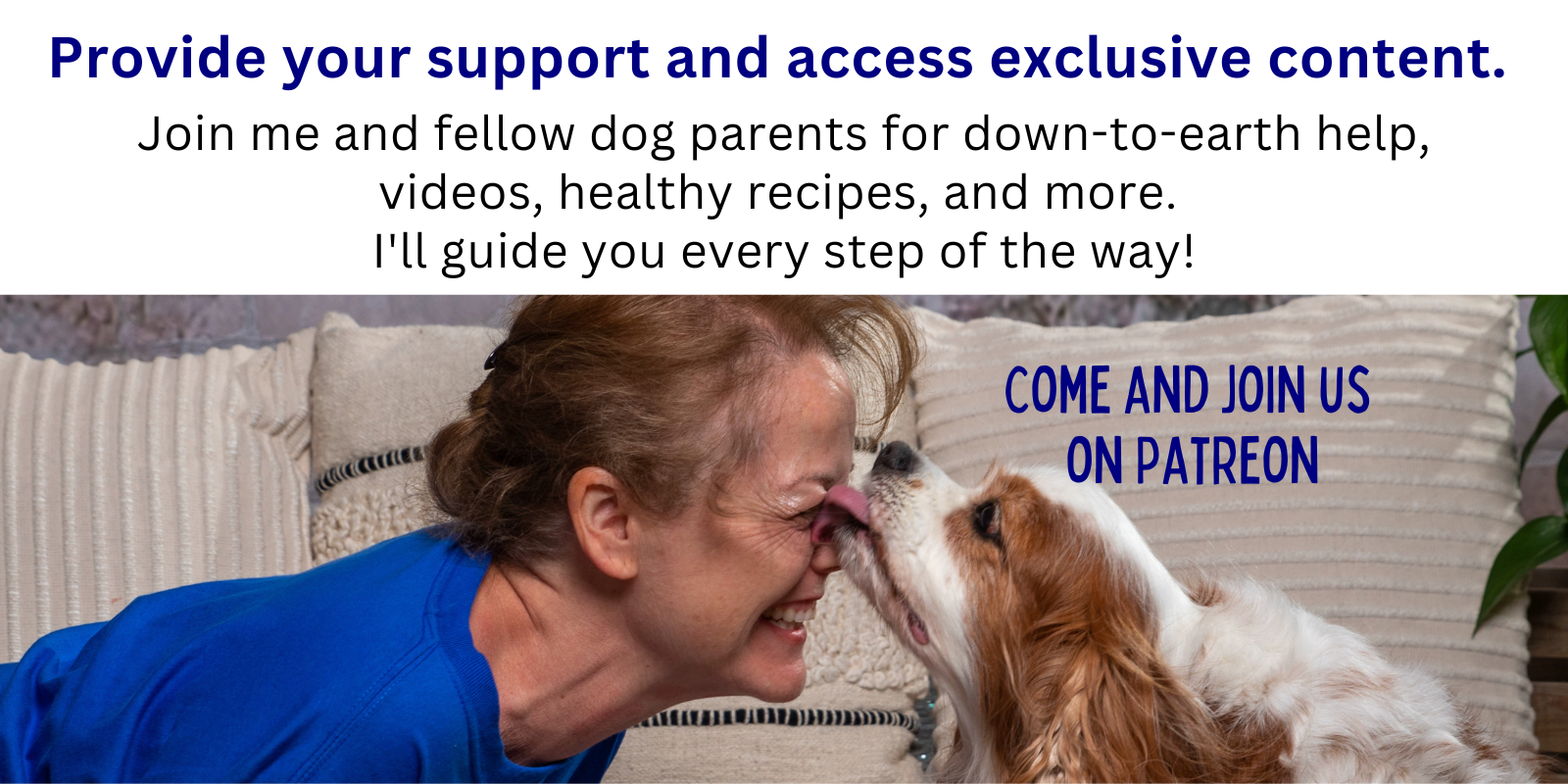Google Adsense Below


As dog parents, one of the most rewarding things we can teach our dogs is how to relax. Whether it’s when they’re left alone, during vet visits, or just winding down after a day of play, relaxation is crucial for their overall well-being. But before we dive into dog relaxation techniques, it’s important to remember that a well-rested and relaxed dog is only possible if their daily enrichment and needs are met.
Don’t forget to subscribe to @Raisingyourpetsnaturally on YouTube for more!
Meeting Your Dog’s Needs First
The foundation for teaching your dog to relax lies in making sure their needs are being met. If your dog isn’t getting enough mental and physical stimulation, they’re going to find it much harder to settle down when it’s time to relax. Without proper positive dog training, bonding time, enrichment games, and plenty of sniffing opportunities, your efforts to teach relaxation will likely fall short.
Think about it, when dogs aren’t engaged enough during the day, they can become restless or anxious, making it difficult for them to relax. Just like us, dogs need a fulfilling day to feel calm and content. So, before starting any relaxation training, ensure you’re giving your dog the mental and physical exercise they need.
How to Teach Your Dog to Relax
Teaching your dog to relax is a gradual process that requires patience and consistency. Here are some steps you can take to help your dog unwind and enjoy moments of peace.
1. Create a Relaxation Spot
A quiet, comfortable spot in your home will be crucial for your dog to associate with relaxation. It could be a soft bed or blanket in a corner where they can feel safe and undisturbed. Start by teaching your dog to settle in this spot. Whenever they naturally go there, give them a treat to reinforce the behavior. Eventually, you can use cues like “relax” or “settle” when you want them to calm down in their space.
2. Use Gentle Handling
Physical touch is a powerful way to help your dog relax. Start with circular rubs along their chest, using slow, soothing motions. Gradually move to massaging their temples, face, and even their legs and arms if your dog enjoys it. Always pair these calming touches with a soft voice and positive reinforcement, such as gentle praise or treats. Over time, your dog will associate this gentle massage with relaxation and trust.
3. Relaxation Cues
Teaching your dog specific cues to signal relaxation can be helpful. For example, using a calm and gentle voice and saying “relax” or “settle” can help your dog understand that it’s time to wind down. Pair the word with your dog going to their designated relaxation spot. Over time, your dog will learn that the cue means it’s time to rest.
4. Reward Calm Behavior
Every time your dog shows signs of being calm and relaxed, be sure to reward them. This could be as simple as sitting quietly next to you or lying down for a few minutes. By reinforcing these moments of calm with treats, praise, or extra bonding time, you’ll be helping your dog learn that relaxation is rewarding.
5. Teach “Down” and “Stay”
One of the best ways to help your dog relax is to teach them the “down” and “stay” behaviors. Once they understand these behaviors, you can encourage them to lie down and stay in one place for longer periods of time. Start with short durations and gradually increase the length of time as they get more comfortable. Make sure to reward them for staying calm.
6. Focus on Deep Breathing and Calm Energy
Dogs are very sensitive to our energy. If we’re anxious or tense, they’ll pick up on it. Practice deep breathing and stay relaxed yourself when you’re teaching your dog to relax. A calm, steady presence will help signal to your dog that it’s safe to wind down and relax.
7. Incorporate Relaxing Activities
Incorporating activities that promote relaxation into your dog’s routine is essential. This could be anything from calm walks to interactive chew toys, or even dog-friendly massage. Engaging your dog in these activities will help them wind down after a busy day. You can also introduce calming music or nature sounds to help them relax even further.
Be Patient and Consistent
Remember that teaching your dog to relax doesn’t happen overnight. It’s a gradual process that takes time and consistency. Just like with any training, you’ll need to be patient and understanding as your dog learns what relaxation means.
By focusing on meeting their daily needs, mental stimulation, physical exercise, training, and bonding, you set the stage for success. With the right approach, your dog will not only learn how to relax but will also feel happier, healthier, and more balanced.
Have you started teaching your dog to relax? What methods have worked for you? I’d love to hear about your experiences in the comments below!
Are you looking for even more ways to stay up to date with Raising Your Pets Naturally? Sign up for the newsletter for more tips and promotions. Don’t forget to be social and Like, Follow and Subscribe.
Facebook Twitter Pinterest Instagram YouTube
 |
Dog training tracker & log book |

Google Adsense—>




